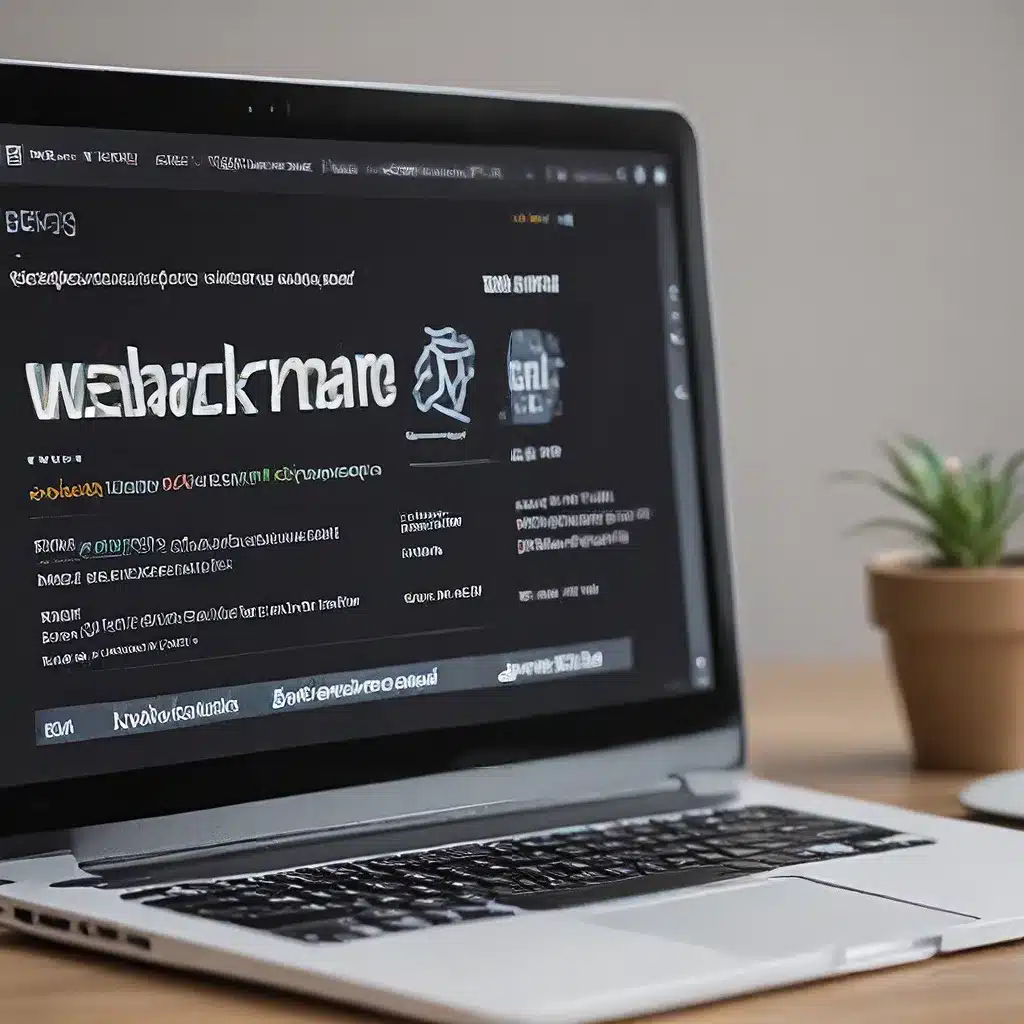
In today’s digital landscape, where attention spans are short and user expectations are high, the speed at which your website loads has become a critical factor in determining its success. Not only does website performance impact the user experience, but it also plays a pivotal role in search engine optimization (SEO) and ultimately, your business’s bottom line.
The Importance of Website Speed
In a world where every second counts, website speed has become a crucial aspect of digital user experience. According to studies, most users will abandon a website if it takes more than 3 seconds to load. This impatience reflects the fast-paced nature of the digital age, where instant gratification is the norm. A slow-loading website can be a significant deterrent, leading to high bounce rates, lower engagement, and ultimately, fewer conversions.
However, the impact of website speed extends far beyond just user experience. Search engines, such as Google, also prioritize website speed as a key ranking factor. Slow-loading websites are often penalized in search engine results, making it more challenging for your site to be discovered by potential customers. This can have a direct impact on your website’s visibility and online presence, which are critical for driving organic traffic and generating leads.
Moreover, website speed can also have a significant influence on your business’s conversion rates and overall revenue. Numerous studies have shown that faster websites lead to higher conversion rates and increased customer satisfaction. Conversely, a slow-loading website can result in lost sales opportunities, abandoned shopping carts, and a tarnished brand reputation.
Understanding Web Performance Metrics
To optimize your website’s speed and deliver an exceptional user experience, it’s essential to understand the key performance metrics that gauge the efficiency of your web pages. These metrics provide valuable insights into the various aspects of website performance, allowing you to identify and address any bottlenecks.
1. First Contentful Paint (FCP): FCP measures the time it takes for the first piece of content (text, image, or other visual element) to be rendered on the user’s screen after they initiate a page load. This metric is crucial for assessing the perceived responsiveness of your website.
2. Largest Contentful Paint (LCP): LCP measures the time it takes for the largest visible element on the page to be rendered. This metric is particularly important as it indicates when the main content of the page has finished loading, providing a good indication of the overall page load experience.
3. Time to Interactive (TTI): TTI measures the time it takes for a page to become fully interactive, meaning that the user can engage with all the page’s features and functionality without experiencing any delays or lag.
4. Cumulative Layout Shift (CLS): CLS measures the visual stability of a page, tracking the unexpected movement of elements on the screen. A low CLS score indicates a more stable and predictable user experience, reducing the likelihood of accidental clicks or frustration.
5. Speed Index: Speed Index is a composite metric that measures how quickly the visible parts of a page are delivered and displayed to the user. A lower Speed Index indicates a faster-loading website.
By monitoring these core web vitals, you can gain a comprehensive understanding of your website’s performance and make informed decisions to optimize its speed and user experience.
Optimizing Website Performance
Improving website performance is an ongoing process that requires a multifaceted approach. Here are some effective strategies to help you optimize your website’s speed:
1. Image and Asset Optimization
High-resolution images, videos, and other multimedia elements can significantly slow down your website’s loading times. Implementing techniques such as image compression, using appropriate image formats (e.g., WebP or AVIF), and serving assets from a Content Delivery Network (CDN) can help reduce the size of these resources and improve overall loading speeds.
2. Minification and Bundling of Code
Optimizing your website’s HTML, CSS, and JavaScript code can have a significant impact on performance. Minifying these assets by removing unnecessary whitespace, comments, and other redundant information can reduce their file sizes and improve load times. Additionally, bundling multiple scripts or stylesheets into a single file can reduce the number of HTTP requests required, further enhancing website speed.
3. Leveraging Browser Caching
Caching is a powerful technique that can dramatically improve website performance, especially for repeat visitors. By instructing browsers to cache static assets like images, CSS, and JavaScript files, you can reduce the need for these resources to be re-downloaded on subsequent page loads, leading to faster load times.
4. Asynchronous Loading of Scripts
Traditionally, scripts were loaded and executed in the order they appeared on the page, which could result in blocking the rendering of content. By implementing asynchronous or deferred script loading, you can ensure that the page’s primary content is displayed first, while secondary scripts are loaded in the background, improving the perceived performance of your website.
5. Server-side Optimizations
The performance of your website is also heavily dependent on the infrastructure and server-side configurations. Factors such as server hardware, network bandwidth, and server-side caching can all impact website speed. Optimizing your hosting plan, using a Content Delivery Network (CDN), and implementing server-side caching can help mitigate these issues and improve overall website performance.
The Future of Web Performance
As technology continues to evolve, the landscape of web performance is also undergoing constant change. Here are some emerging trends and developments that are shaping the future of website speed optimization:
1. HTTP/3 and QUIC Protocol
The upcoming HTTP/3 protocol, which utilizes the QUIC transport layer, promises to further enhance website loading speeds by reducing latency and improving data transmission efficiency. By leveraging modern network technologies, HTTP/3 aims to provide a more reliable and faster user experience compared to its predecessors.
2. Emerging Image Formats
New image formats such as WebP and AVIF are gaining traction as they offer superior compression capabilities without sacrificing visual quality. As more browsers adopt support for these formats, web developers can leverage them to reduce image file sizes and improve overall website performance.
3. Progressive Web Apps (PWAs)
Progressive Web Apps (PWAs) are a hybrid between traditional websites and mobile applications, offering fast, reliable, and engaging user experiences, even in low-connectivity environments. PWAs leverage modern web technologies to provide app-like performance, making them a promising solution for delivering high-speed web experiences.
4. Evolving User Expectations
As users become increasingly accustomed to lightning-fast digital experiences, their expectations for website speed will continue to rise. Web developers and designers must stay ahead of the curve, ensuring that their websites not only look visually appealing but also perform at their best, catering to the ever-growing demand for instant gratification.
Conclusion
In the digital age, website speed has emerged as a critical factor in determining the success and competitiveness of online businesses. By optimizing your website’s performance, you can enhance the user experience, improve your search engine rankings, and drive higher conversion rates – all of which contribute to the long-term growth and profitability of your organization.
As technology continues to evolve and user expectations shift, staying ahead of the curve in web performance optimization will be crucial. By implementing best practices, leveraging emerging technologies, and continually monitoring and improving your website’s speed, you can position your business for success in the dynamic digital landscape.
Remember, a fast and responsive website is not just a recommendation – it’s a necessity in today’s competitive online world. Invest in optimizing your website’s performance, and reap the rewards of satisfied users, higher search engine rankings, and a thriving online presence.





